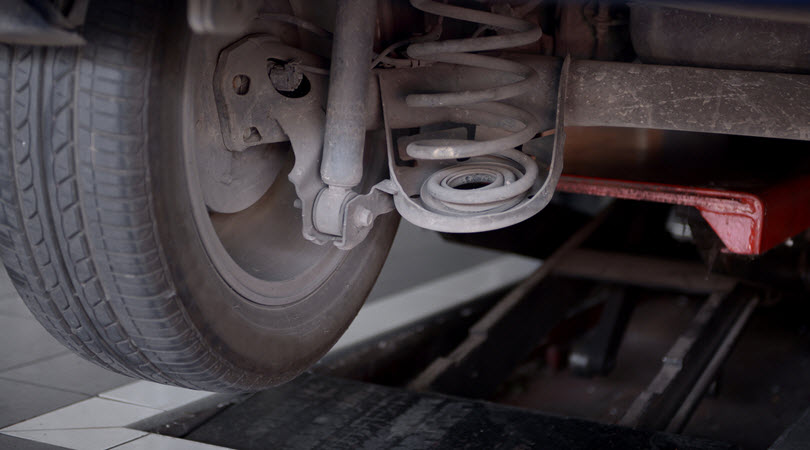
Rear springs are an important aspect of your Volkswagen’s suspension system since they support the weight of the vehicle. However, the longer you drive, the more pressure you put on your rear springs, which eventually wear down and droop or break. When this happens, it impacts not just your driving but also the driving of other drivers on the road, therefore it’s important to restore the rear springs as soon as you believe they’re broken or damaged.
Unfortunately, determining whether your rear springs have broken is not as straightforward as it may appear, so we have compiled some symptoms to check for in your Volkswagen, but first off, let’s see what the big deal about rear springs is all about.
Why are your rear springs so important?
The rear springs are important because the weight of your car rests on its tiny metal coils. The rear springs are critical to the safety and functionality of your Volkswagen suspension system.
Greater driving, especially in difficult or bumpy conditions, puts more strain on your springs. The pressure on the springs leads them to wear down over time. They may sag or even break as a result of this. This puts you, as well as everyone else on the road, in danger.
Damage to the rear springs can exacerbate the breakdown of your Volkswagen. If you feel your rear springs are damaged, it would be very important to schedule an appointment as soon as possible to ensure your safety and that of your vehicle.
Symptoms of Broken Rear Springs in Your Volkswagen
One of the car’s corners is lower than the others despite being on level ground
Because springs support the weight of your automobile, when your car is parked on level ground, one good way to check whether they are damaged is to examine if one corner of the car is lower than the others. If that’s the case, your spring is likely fractured or severely damaged.
You can also measure the height of each corner to see if they are all equal to each other for a more exact confirmation. You should take your car to a competent repair shop as soon as you notice that they are not of equal heights and that one (or potentially more) corner is lower than the rest.
Your car can’t go around a corner without swerving
This is a very important symptom of a broken rear spring that must not be overlooked, as the ability to steer smoothly is critical for safe driving. When a spring is fractured or damaged, it loses its ability to control the weight it is bearing, making steering considerably more difficult than previously. For obvious reasons, this could be very life-threatening, so you should get your springs fixed by a professional as soon as possible.
Clunking sounds
If you hear clunking noises when driving over bumps, you most likely have an issue with your suspension system, with your rear springs being the most common culprit. When rear springs fail and severely impact your steering system, they are unable to fully support the weight of your vehicle, resulting in apparent rocking and bouncing motions as well as clunking when driving over bumps and rocky roads. These noises could indicate a variety of issues, including broken engine mounts, so it’s critical to bring your Volkswagen to a qualified repair as soon as possible to obtain a comprehensive diagnosis.
Carotech Automotive for Your Volkswagen
Carotech Automotive, based in Los Angeles, CA serves 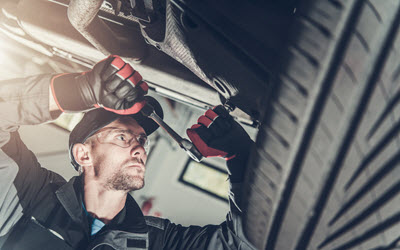 LA and the surrounding communities. You won’t have to travel far for any of your mechanical requirements. From as far back as 2007, we have continued to help drivers care for their cars throughout Los Angeles and the areas around Pico Robertson like Culver City, Hollywood West, Marina Del Rey, and Santa Monica.
LA and the surrounding communities. You won’t have to travel far for any of your mechanical requirements. From as far back as 2007, we have continued to help drivers care for their cars throughout Los Angeles and the areas around Pico Robertson like Culver City, Hollywood West, Marina Del Rey, and Santa Monica.
If you need assistance with your Volkswagen’s rear springs, come visit our shop or place a call today. We would be pleased to help you in every way we can.


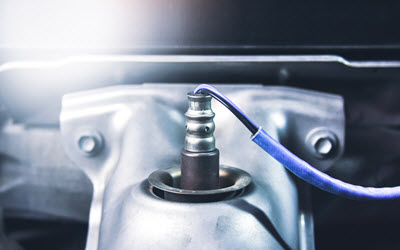 Preserving the high performance these vehicles have to offer requires quality service.
Preserving the high performance these vehicles have to offer requires quality service.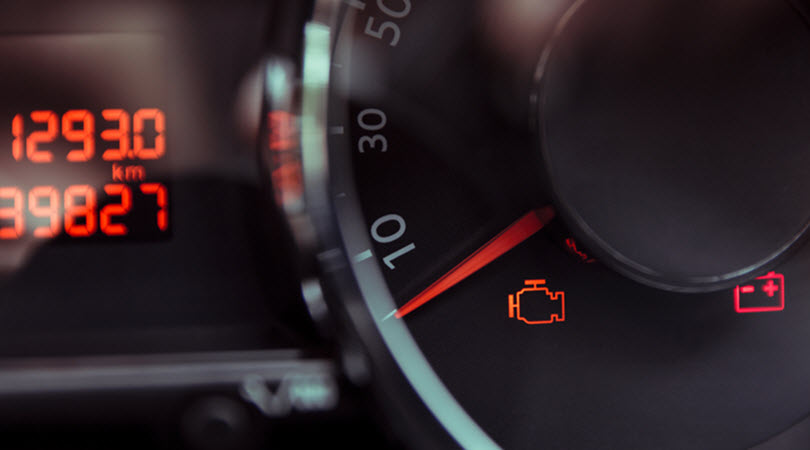
 your check engine light might come on. The reasons I listed earlier are only some of them. The best way to figure out exactly what is causing the
your check engine light might come on. The reasons I listed earlier are only some of them. The best way to figure out exactly what is causing the 
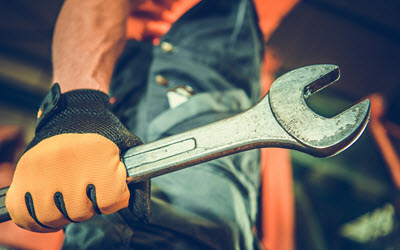 If you notice any of these, you should
If you notice any of these, you should 
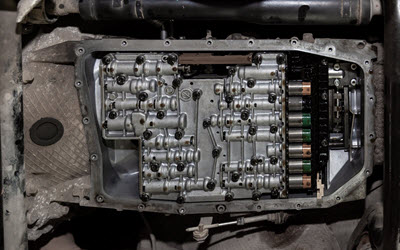 your repairs and maintenance is essential to keep it in its peak condition. At
your repairs and maintenance is essential to keep it in its peak condition. At 
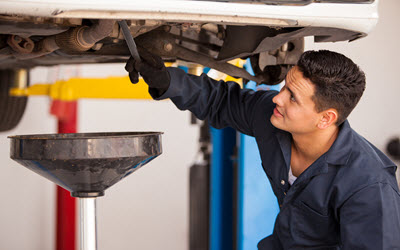 has ample experience working with Porsches. They will be able to determine exactly what the problem is and know how to fix it correctly. Once they’ve done that, they will probably change the oil and may flush out the engine to get all of the metal shavings out.
has ample experience working with Porsches. They will be able to determine exactly what the problem is and know how to fix it correctly. Once they’ve done that, they will probably change the oil and may flush out the engine to get all of the metal shavings out.
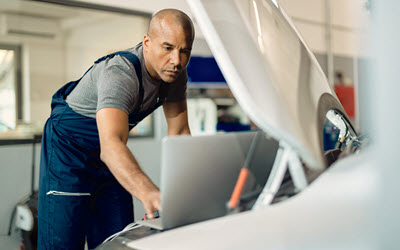 finest European automotive engineering around,
finest European automotive engineering around, 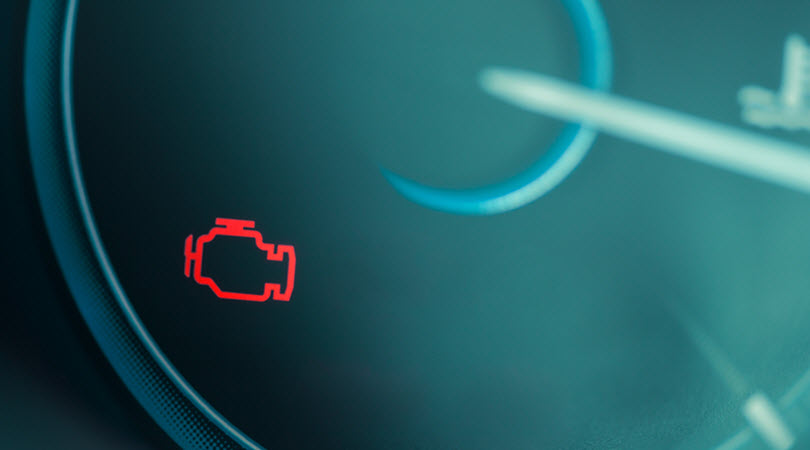
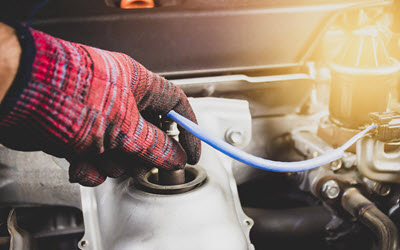

 been a thing of worry for drivers. The worry and frustration primarily originate from the fact that European vehicles have unique service requirements. The result is that owners fear placing their vehicles in the wrong hands and paying expensive costs for repairs.
been a thing of worry for drivers. The worry and frustration primarily originate from the fact that European vehicles have unique service requirements. The result is that owners fear placing their vehicles in the wrong hands and paying expensive costs for repairs.
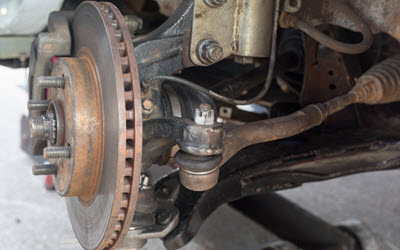 became
became 



Recent Comments